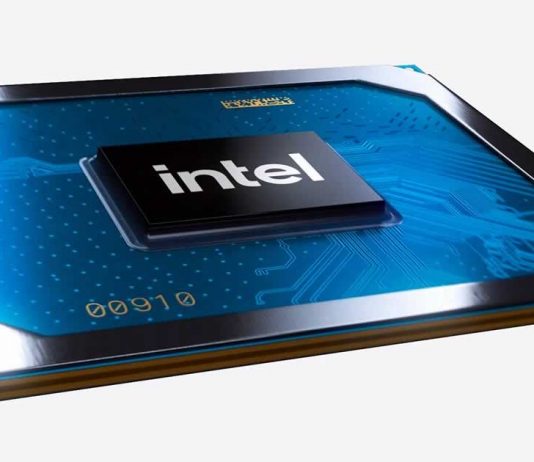Intel has presented its objectives for the next five years, a roadmap with which it intends to regain the leadership it has lost against AMD and Apple Silicon.
At the Intel Accelerated event, CEO Pat Gelsinger provided detailed information about Intel roadmap of future production technologies that it will adopt for the production of its processors, as well as solutions built for customers within the recently announced Intel Foundry Services.
The initial change proposed by the company is a reissue of the nomenclature of its processors, with which they say they will get “a more accurate view of the process nodes throughout the industry.” This means that the new third-generation 10-nanometer chips will be called Intel 7, leaving behind names such as the 10-nm SuperFin chip.
The purpose is for Intel’s 10nm chips to match AMD’s 7nm products and Apple’s 5nm M1 chips. At first glance, it may seem like an unfair marketing stunt, but it is important to note that modern processors stopped referring to transistor size in their names decades ago, and other aspects such as the technologies used in their production are taken into account.
In this way, Intel’s 10nm chips can be measured against the latest generation 7nm Ryzen chips from AMD or other manufacturers by using a density of transistors and similar technologies in the manufacturing process.
Intel intends to make this comparison more clear to consumers with the new nomenclature:
- Intel 7 — picks up on Intel’s third-generation 10nm technology and promises 10-15% more performance per watt and higher efficiency than previous generations. This range of products will appear this year, with the Alder Lake chips planned for consumer products.
- Intel 4 — It will be the name for the 7nm architecture that Intel has delayed until 2023. It is the next big leap for the company that will adopt the EUV technology already used by brands such as Samsung and TSMC in the 5nm nodes. This improvement promises a transistor density of 200 or 250 million per square millimeter on Intel 4 processors. TSMC’s 5nm chips reach 171.30 million per square millimeter.
- Sapphire Rapids is the codename for the next generation of Intel Xeon processors for data centers. Intel 7 process will also be adopted for these CPUs, exploited in this case for a product with a multi-die design that will see side by side up to a maximum of 4 dies mounted on the same package.
Production of the Intel 4s is scheduled for the second half of 2022 and will hit the market in 2023 with Meteor Lake in consumer products. In short, increased market competition and Intel’s comeback might give consumers improved performance and lower battery consumption in the future computers they buy.


